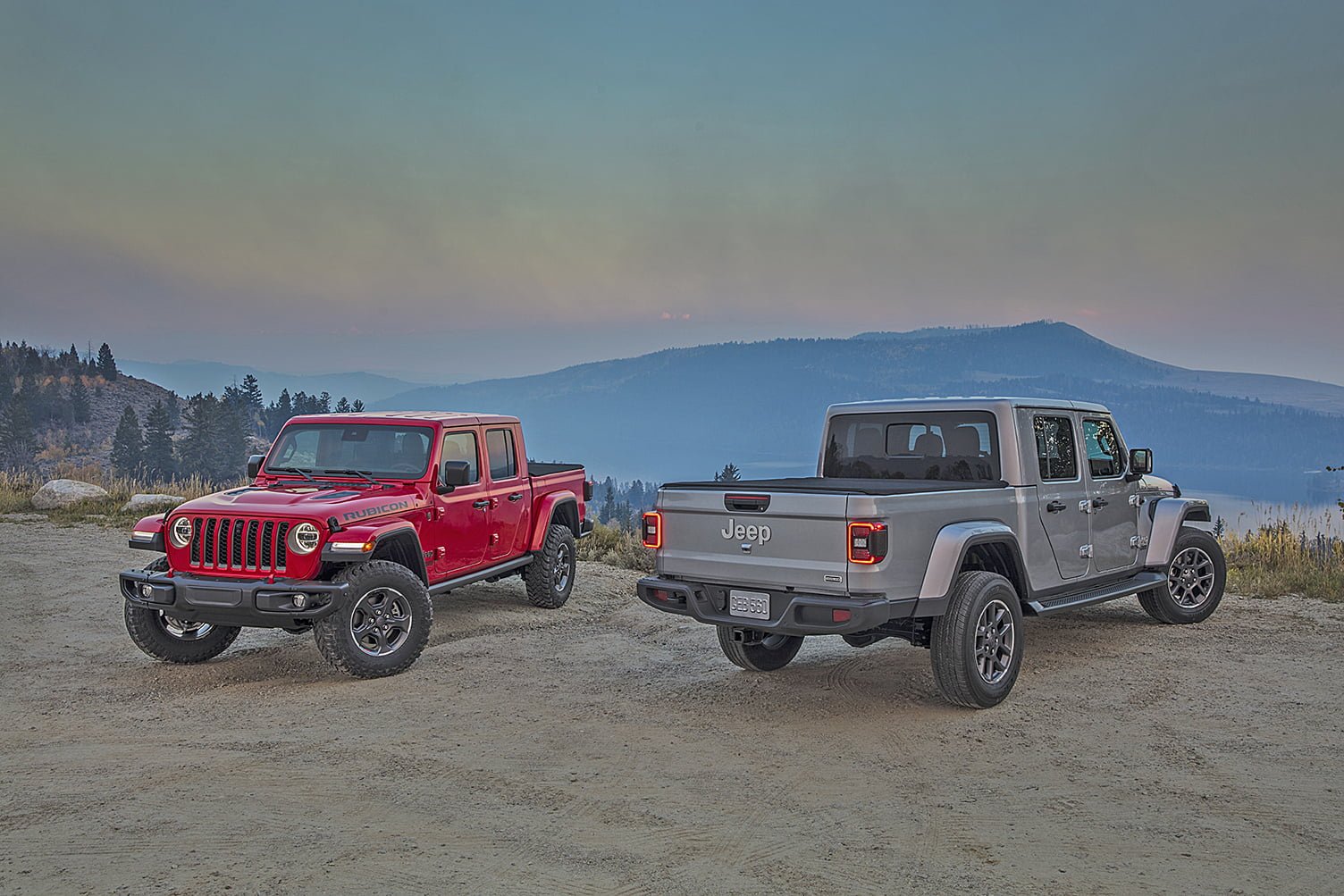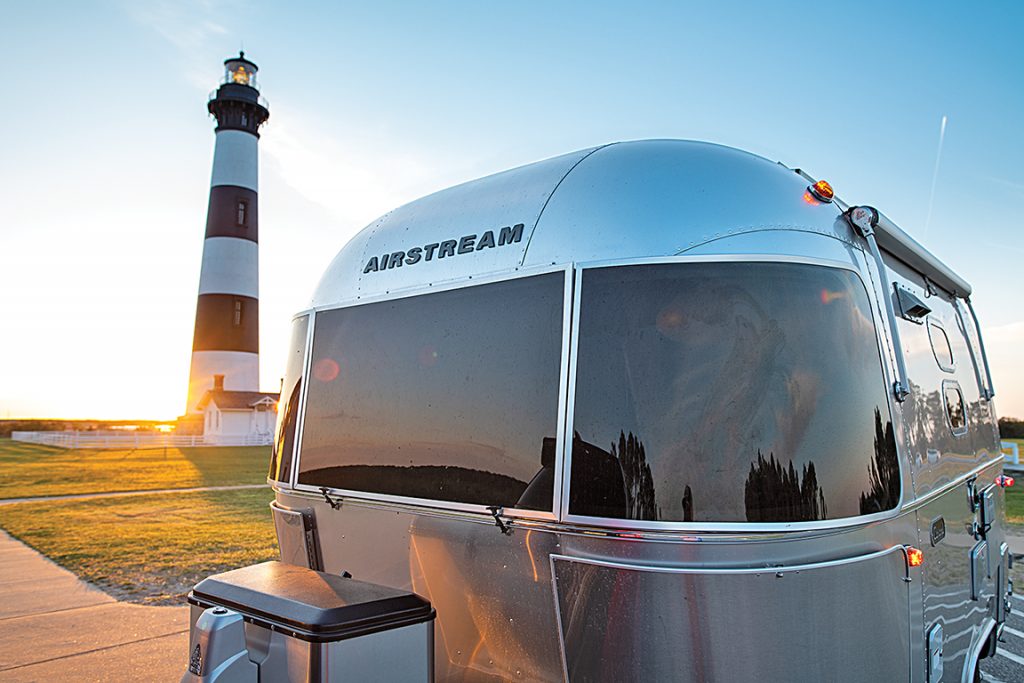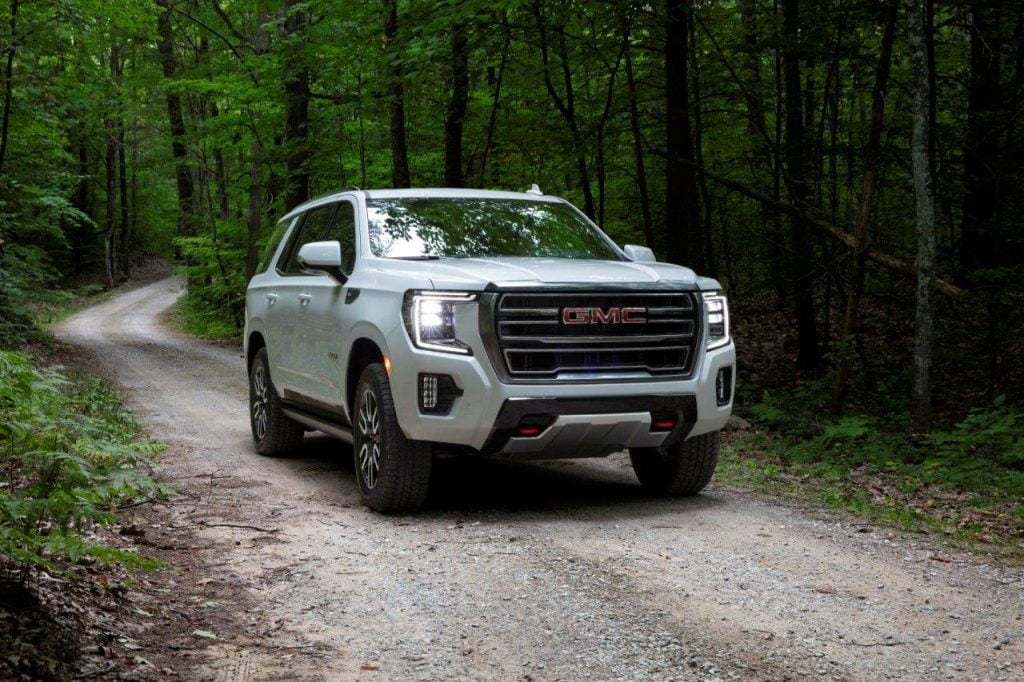A year after its introduction, the Jeep Gladiator pickup truck has added another powertrain to its options list. This is the third generation EcoDiesel. This V-6 engine delivers increased torque and horsepower in the Gladiator; along with better fuel economy and reduced levels of noise, vibration and harshness (NVH). Adding the diesel to the lineup was always the plan – as explained by Jim Morrison, Head of the Jeep Brand – North America.
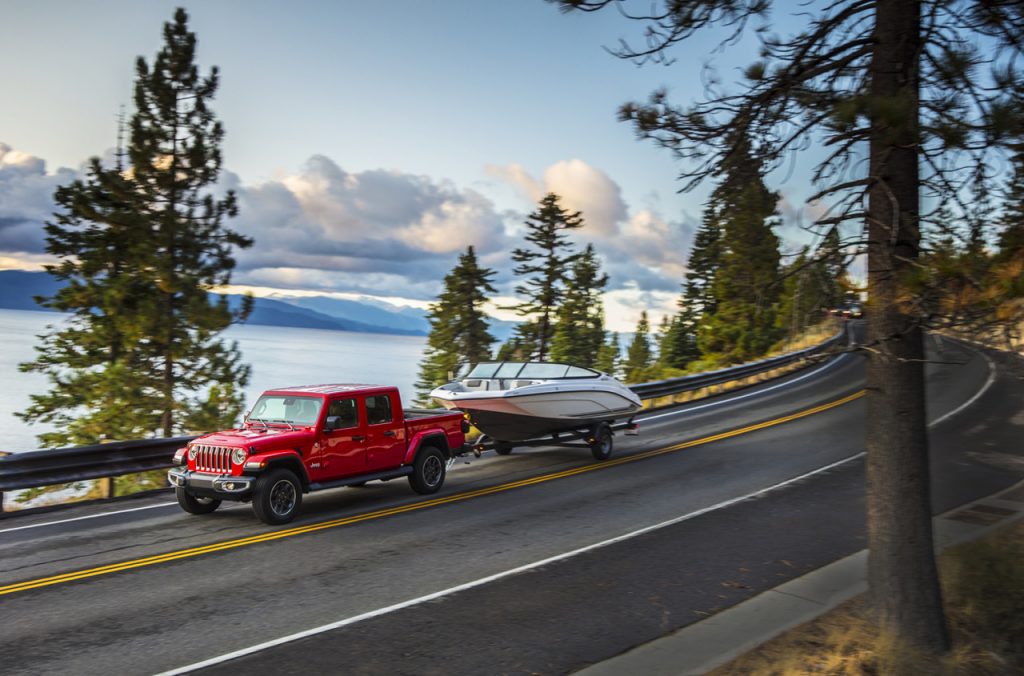
“Before we introduced Gladiator, one of the most common questions consumers asked us was, “Will you please offer a Jeep truck?” followed closely by, “Will it be offered with a diesel engine?” While we know the answer to the first question, I’m pleased to answer the second with a resounding, ‘Yes!’. “Gladiator’s combination of unmatched off-road capability and the vehicle’s fun-to-drive on-road performance, best-ever Gladiator fuel economy and incredible driving range underwrite the fact that our customers knew exactly what they were asking for.” Said Morrison.
This new 3.0L EcoDiesel V-6 engine, is rated at 260 hp and 442 lb.-ft. of torque, with engine stop-start (ESS) technology standard. It is available on Gladiator Sport, Overland and Rubicon models. To handle greater torque loads, the EcoDiesel V-6 connects to a newly added TorqueFlite 8HP75 eight-speed automatic transmission, calibrated for low RPM shifts and the on- and off-road rigors of Jeep Gladiator duty. There are more than 40 individual shift maps to optimize shift points for fuel economy, performance and 4×4 capability.
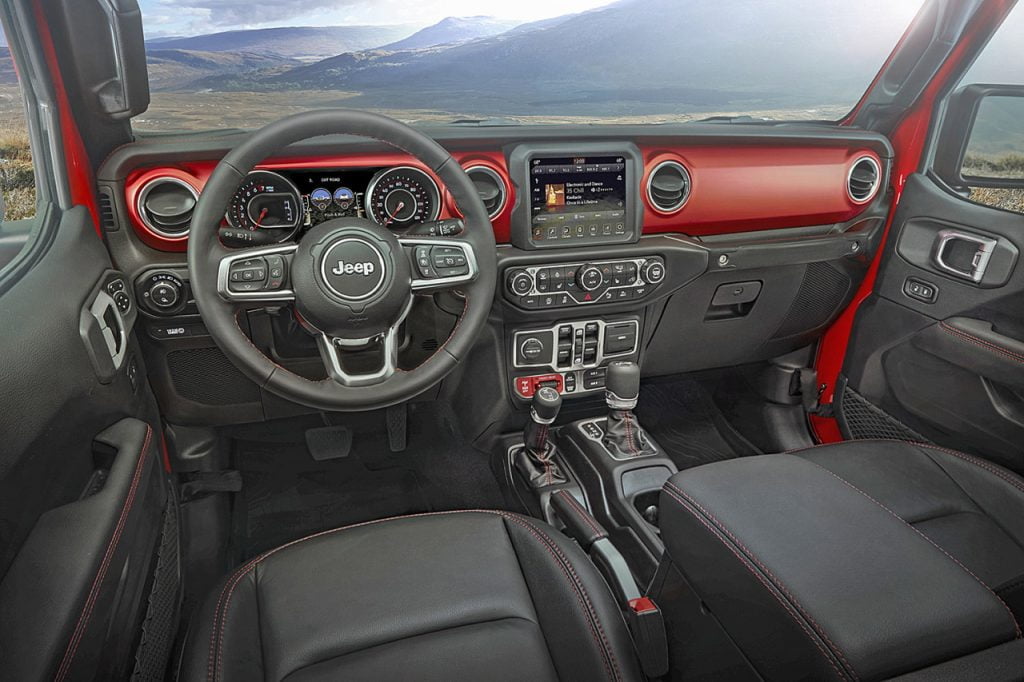
It’s also noteworthy that the new Jeep Gladiator EcoDiesel Sport, Overland, and Rubicon models feature third-generation Dana 44 front and rear heavy-duty axles. Additionally, all Gladiator EcoDiesel models feature a 3.73 axle ratio. The Rock-Trac two-speed transfer case with a 4.0:1 low-range gear ratio is standard on Rubicon models and the Command-Trac part-time two-speed transfer case with a 2.72:1 low-range gear ratio on Sport and Overland models. Also, for 2021, the Jeep Wrangler four-door models will also offer the 3.0-litre EcoDiesel engine with ESS option.
So, while the EcoDiesel has been around since 2014, this engine is now the third generation of the turbocharged 3.0L EcoDiesel and it differs in several significant ways from its predecessors. For instance:
- A new-generation water-cooled turbocharger with variable geometry turbine (VGT) and low-friction bearing increases efficiency.
- Redesigned cylinder head intake ports with higher flow capability improve swirl and flow, increasing performance and fuel economy.
- The exhaust gas recirculation (EGR) system design has been updated to a dual loop (low and high pressure) system. The added low-pressure circulation system draws gases after the diesel particulate filter, thus minimizing turbocharger energy losses, which increases fuel economy
- The compression ratio has been optimized to 16.0:1 from 16.5:1 to improve fuel economy and reduce engine noise
- High-pressure (29,000 psi/2,000 bar) direct-injection fuel injector nozzles were redesigned to match the newly designed and optimized combustion chamber, reducing fuel consumption.
- Lightweight aluminum alloy pistons were completely redesigned to include thinner rings and low-friction diamond-like carbon coating on the pin and compression piston ring to reduce parasitic losses
- NVH has been improved by offsetting the piston pin 0.3 millimetres from the centerline
- The lower portion of the two-piece oil sump uses a lightweight sandwiched polymer/metal material, which further reduces NVH
- The 3.0L EcoDiesel V-6 uses dual overhead camshafts (DOHC) with four valves per cylinder and a 60-degree angle between the cylinder banks. The block is cast with compacted graphite iron, which provides strength to dampen vibrations, but weighs less than gray cast iron. A compacted graphite iron bedplate adds rigidity to the block.
- The engine uses a forged steel crankshaft and connecting rods for strength and durability. The aluminum alloy pistons are cooled on the underside via oil jets. Heat-treated aluminum cylinder heads use individual bearing caps to reduce friction and minimize NVH. The chain-driven overhead camshafts employ roller-finger followers.
- The engine’s turbo Charge Air Cooler (CAC) is located at the base of the grille, in front of the radiator, to maximize cooler temperatures.
- A new 19.3-litre (5.1-gallon) diesel exhaust fluid (DEF) tank is located immediately behind the fuel tank with refill location next to the diesel fuel filler. DEF refills align with oil changes lasting up to 16,000 km (10,000 miles). Levels are monitored via a new DEF gauge in the front cluster.
The 3.0-litre EcoDiesel V-6 engine is produced at the FCA Cento facility in Ferrara, Italy.
Photos courtesy of Jeep

